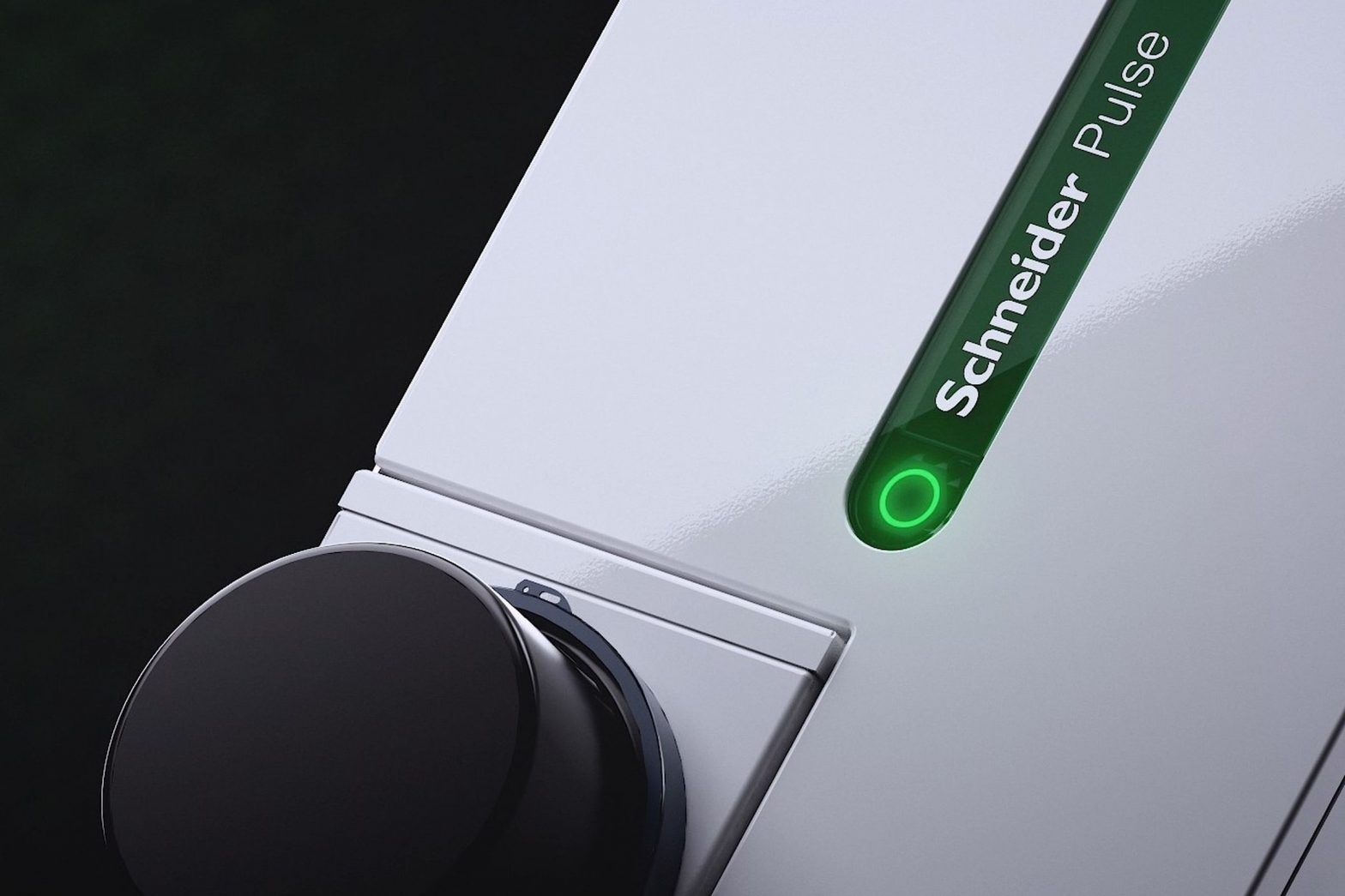/
Schneider Home promises to ‘keep your life on’ during a power outage by intelligently linking your circuits, solar, batteries, and more.
:format(webp)/cdn.vox-cdn.com/uploads/chorus_asset/file/24336784/vlc_jv7onUmHu4.jpg)
I don’t know if Schneider Electric will be the one to crack it, but I like what it’s promising here at CES 2023 — a smart home where the electrical circuits themselves are smart enough to keep your house powered, save on your energy bill, manage solar, and charge electric vehicles, all through a single app.
Schneider Electric isn’t a household name, but there’s a good chance you’ve got one of its Square D circuit breakers in your home — the company says four in 10 US households already do. Today, it’s announcing an ecosystem of gadgets that won’t be hidden inside your walls, including:
- an entire smart main electrical panel called the Schneider Pulse that can control its own relays and acts as the brains
- a 7.6kW inverter large enough for whole-home solar and a pair of batteries, with a dedicated EV charging port
- a wall-mountable, stackable 10kWh battery called the Schneider Boost that can fit right beneath the inverter
- an 11.5kW level 2 EV charger
- an array of smart outlets, dimmers, and light switches that the system can both control and monitor and which work with Alexa and Google Home
:format(webp)/cdn.vox-cdn.com/uploads/chorus_asset/file/24336542/chrome_JAFG4CsBVQ.jpg)
“What’s the big deal?” you might ask. “Can’t you buy all those pieces from any number of companies?” Yes, you can, and some systems try to balance solar, battery backup, and car charging to some degree.
But if you buy two or more of these “Schneider Home” products, the company is promising some snazzy synergy.
Want to know how much power every individual device in your home is using? Combine the main panel and outlets and you’ll be able to measure that three different ways — not only can it calculate consumption at each outlet but also every breaker, and it’s got an integrated algorithmic energy monitor (powered by Sense) that can try to estimate what each individual device is using by listening for its electronic signature.
:format(webp)/cdn.vox-cdn.com/uploads/chorus_asset/file/24336637/vlc_zWDWKwmrVM.png)
Power outage? If you’ve got the inverter and battery backup, the app promises to let you selectively choose which devices should keep running and which to turn off at the circuit, outlet, switch, or light fixture level. In Schneider’s example, it’ll even nudge you into choices that might make a difference, like remotely turning off an air conditioner or EV charging. Then, it’ll tell you when the power returns so you can resume.
:format(webp)/cdn.vox-cdn.com/uploads/chorus_asset/file/24336649/vlcsnap_2023_01_04_14h01m51s261.jpg)
And with the main panel and inverter, Schneider claims, homeowners will be able to install an EV charger even if the electrical service line running to their house would normally be undersized for the task.
I can relate! I wanted to get a 200A main panel upgrade myself for upgrades like that, but my solar company informed me that my service line was too skinny, and PG&E wanted an incredible sum of money to rip up my front yard and get a thicker one trenched underneath the sidewalk. “You can upgrade just the panel itself, not the electrical service, and save lots of money,” Schneider VP Jaser Faruq tells me.
:format(webp)/cdn.vox-cdn.com/uploads/chorus_asset/file/24336774/assets_3bca1461ad314e2dbcabc68dc064cba3_a63c94bd96604535927b38d1cbd58963.png)
That said, upgrades like these will still cost a pretty penny. “Think on the order of $10,000 if you’re including all the parts of the system here,” says Faruq, adding that the installation cost will vary widely. The Pulse panel alone might cost $5,000 with labor and hardware, double that if you’ve got to pay your utility to upgrade a service line, and full-home battery backup might mean four batteries and two inverters if you want to last through a 12-hour blackout.
On the plus side, there are some federal credits: the Inflation Reduction Act gives you a 30 percent tax credit on the battery, as well as 30 percent (capped at $600) toward a smart electrical panel.
You’ll also need an electrician to install most of these pieces and / or a solar contractor if you want solar panels, as Schneider doesn’t sell that piece of the puzzle itself. Plus, the company admits most of these upgrades will require an inspection from your local municipality.
If, like me, you’ve already installed solar, you may also have to consider the sunk cost of your existing inverter, which you’d need to replace to get the full benefits of Schneider’s offering. “We’re targeting customers who are entering this world of solar and electrification first,” says Faruq. “Because over 90 percent of homes in the US don’t have solar or energy storage, that’s the big priority.”
He says people don’t need to buy all the components to get benefits, though, and that parts of the system are interoperable with third-party parts. You should be able to plug most batteries, solar, and EV chargers into the panel and / or inverter, and they’ve even got a miniature backup control switch you can pick instead of the main panel if you just want a battery and inverter. But the goal, he says, is to control it all with a single app and a minimum of boxes on your garage wall.
Schneider’s new parts are still in the process of getting their certification, but the intent is to start the first installations this summer and ramp in the second half of 2023.
